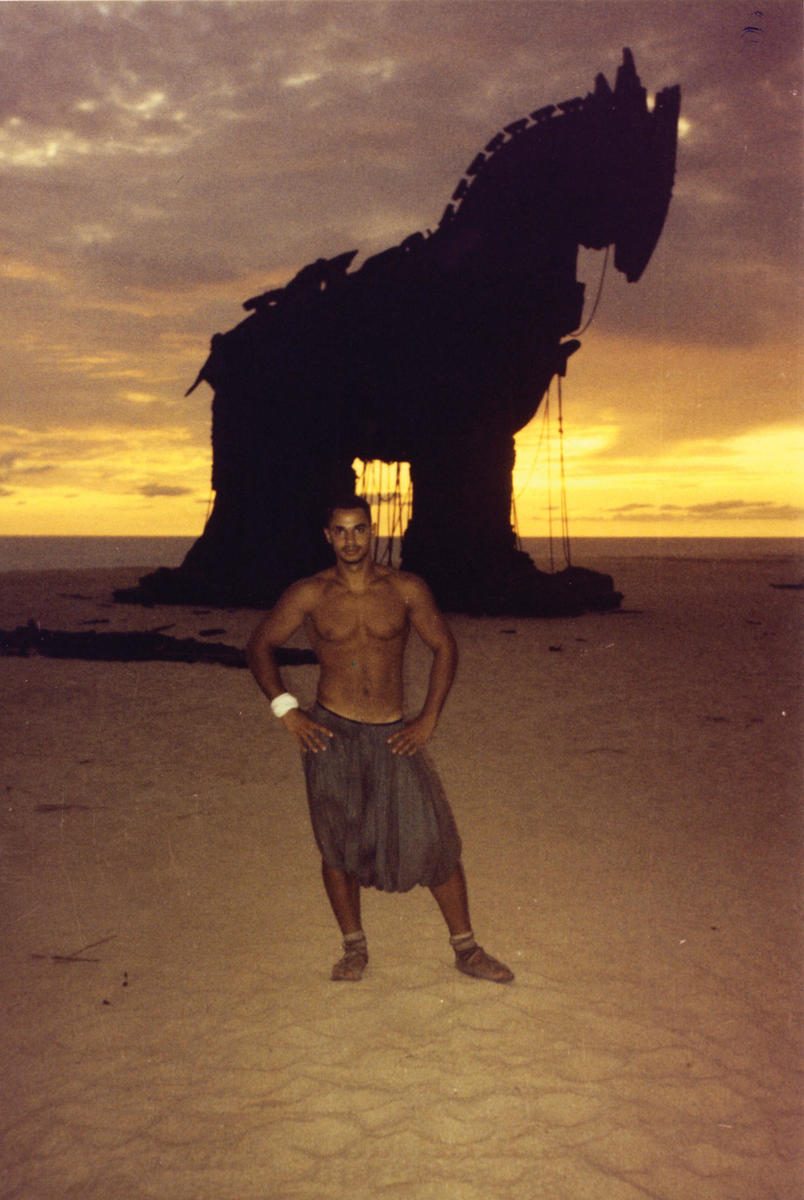
Battles of Troy is a study of the economics of contemporary global cinema as seen through the eyes of the bottom rung of the production hierarchy: the extras.
The film considers the making of the Warner Brothers blockbuster Troy. Launched in 2004 with a budget of roughly $185 million, Troy is one of the most expensive film productions in cinema history. Its plot rehearses the story of the Trojan War as told in Homer’s Iliad and Virgil’s Aeneid. In the Hollywood version, Brad Pitt stars as Achilles, Eric Bana as Hector, Orlando Bloom as Paris, Diane Kruger as Helen, and Peter O’Toole as Priam.
Battles of Troy, released one year later, is a Bulgarian documentary by Krassimir Terziev that documents the making of the Hollywood film. In its way, it is nearly as epic as its subject matter, spanning six nations, displacing space and time and containing within it the greatest battle ever fought between the people of Bulgaria and Mexico.
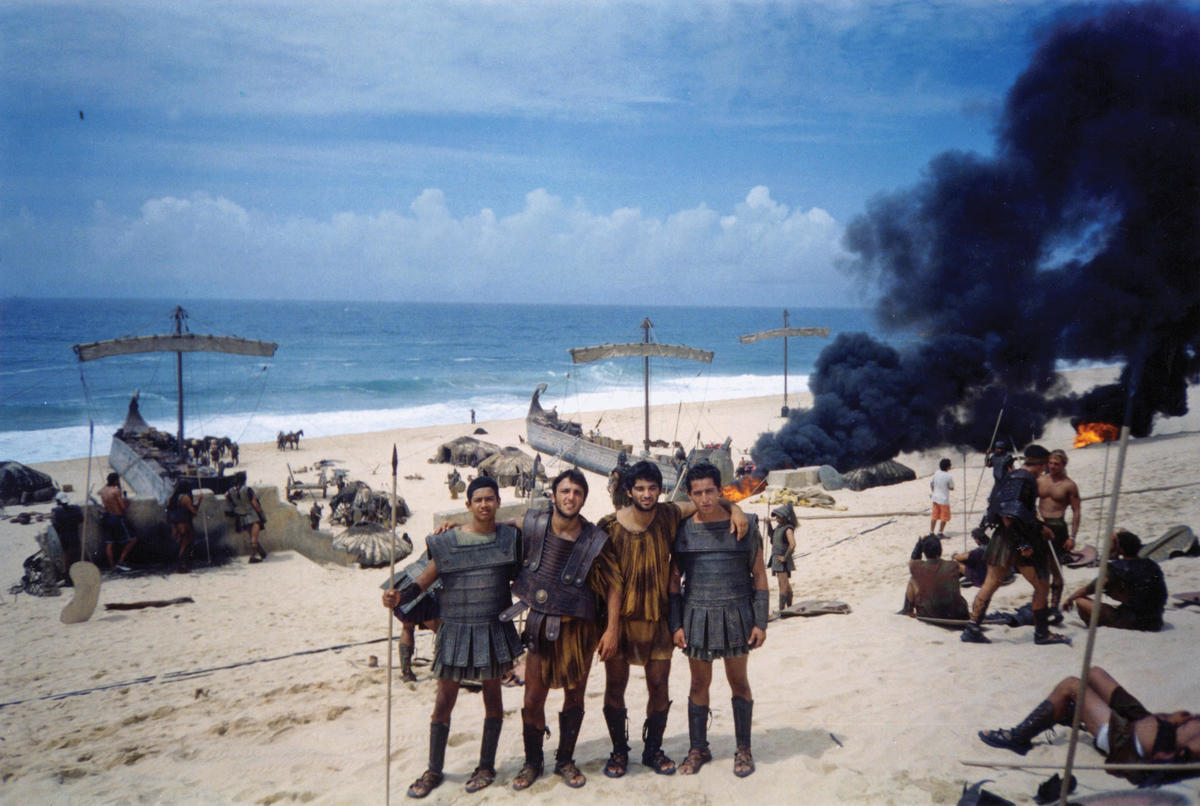
In April of 2003, Warner Brothers begins production of Troy. With a budget of approximately $185 million, it is among the most expensive films in history.
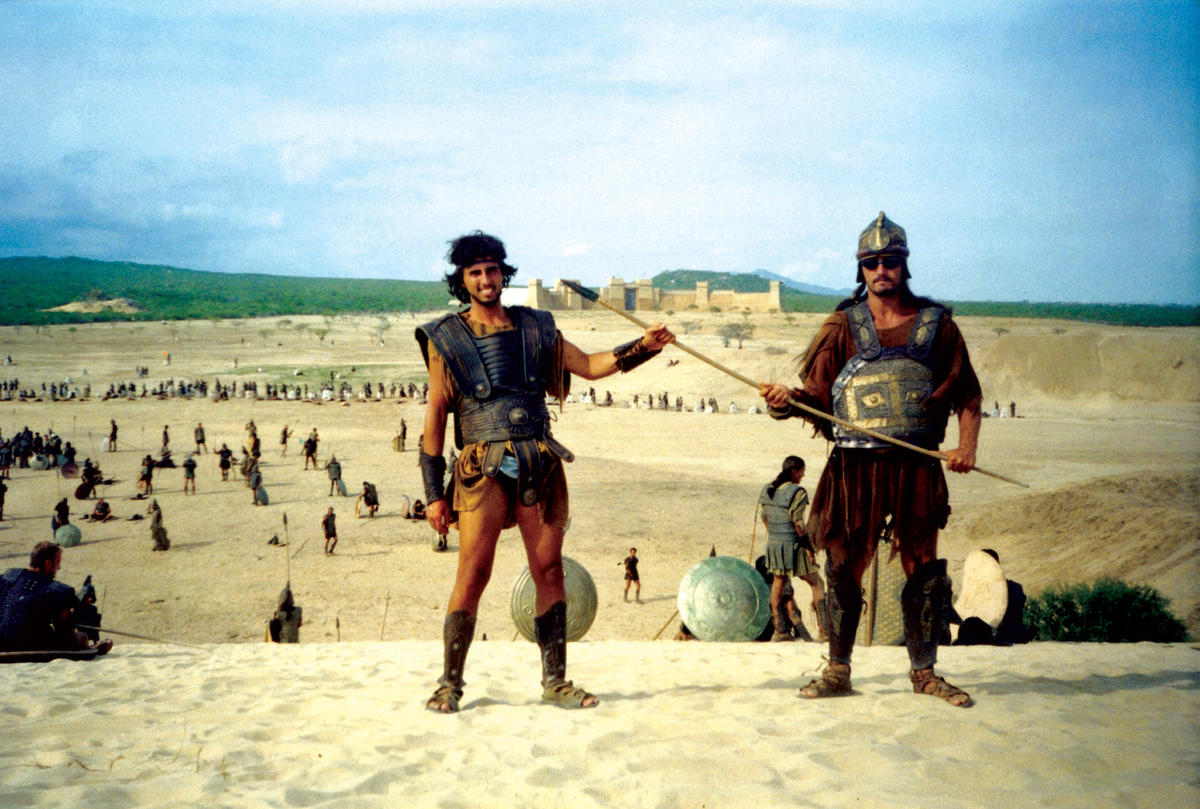
So they said, “It’ll be in Acapulco.” They lied to us a bit then — it’ll be in Acapulco and all, so I thought, what’s the big deal, why not?
Filming begins at Shepperton, near London. Production next moves to Malta, where a Troy was erected in Fort Ricasoli. Though the main battle scenes were originally scheduled for Morocco, tensions born of the impending war in Iraq forced the production to move from Morocco to Baja California Sur, Mexico.
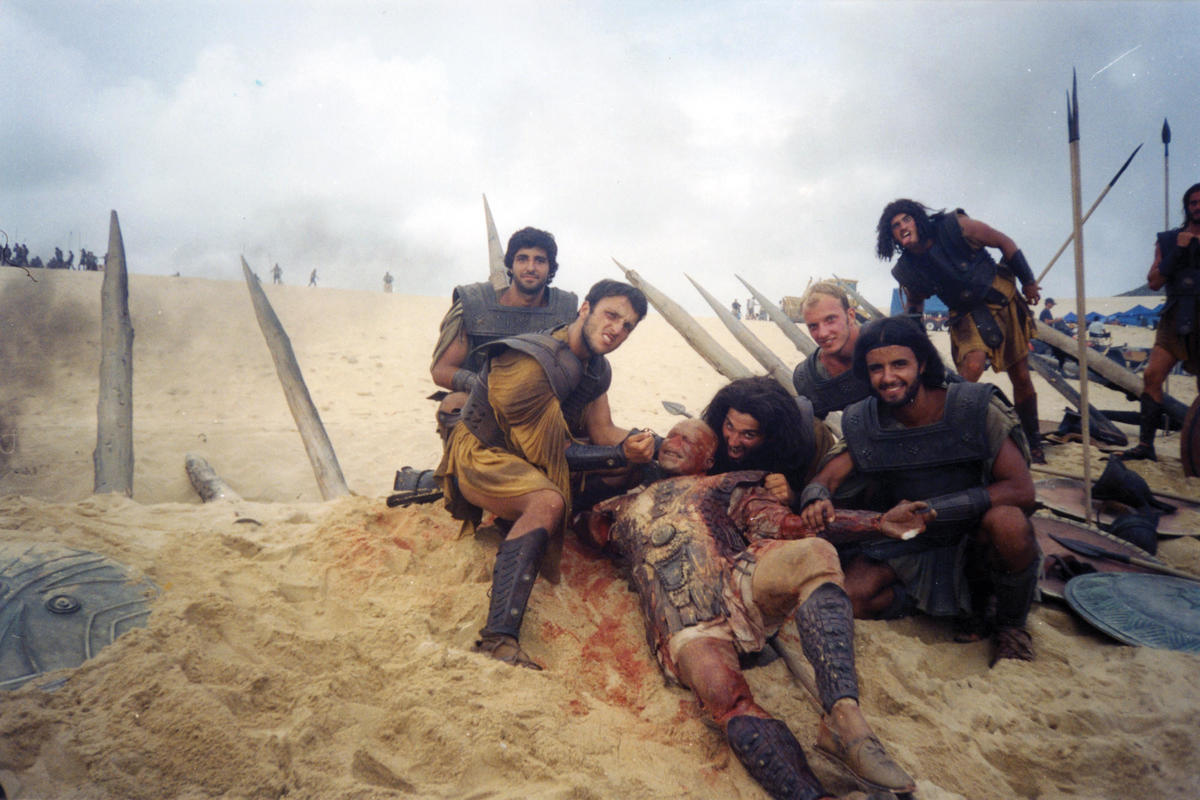
I had no excessive body fat; everything was fine with the muscles on my body, and perhaps I also had a face. But the face doesn’t count that much, I guess — just some thirty percent or forty percent.
We look a lot like… like those people of back then — the ancient Greeks, the Trojans, and all of the tribes.
We resemble them physically.
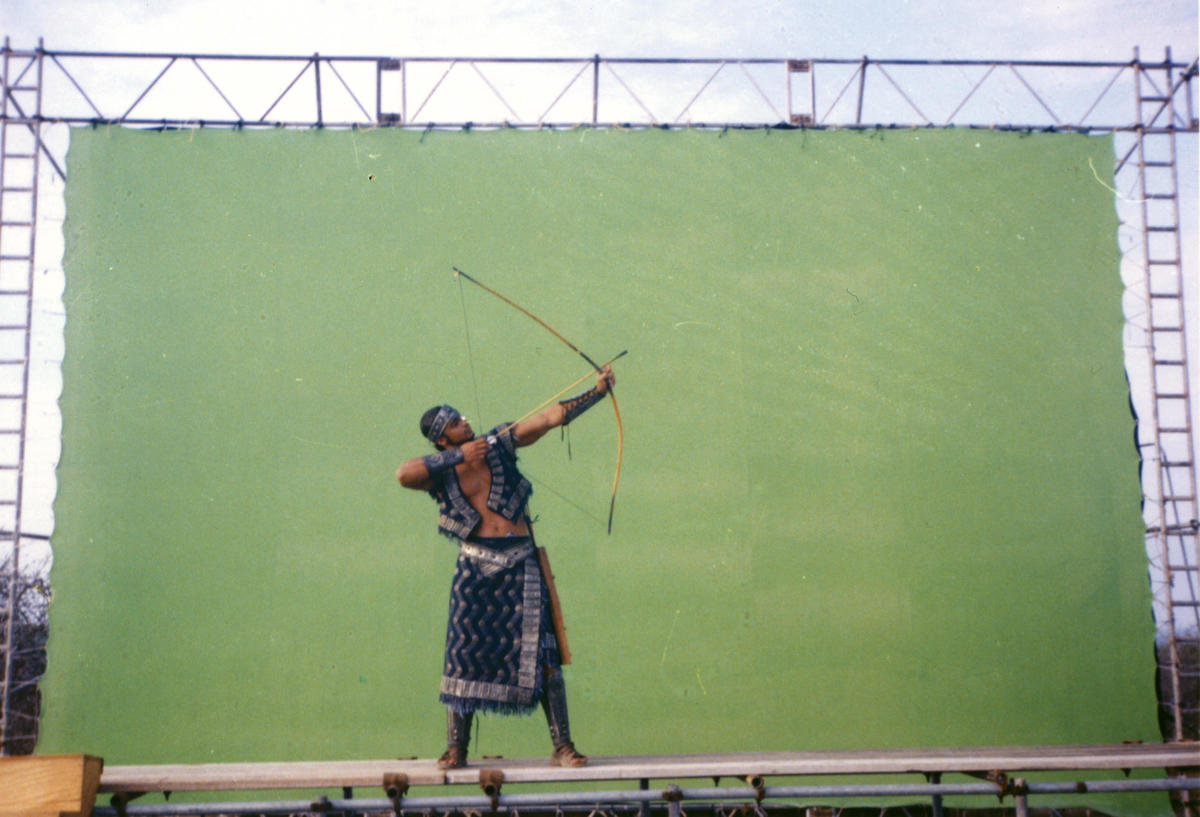
In Mexico, a group of 1,300 extras are to recreate the battles between 50,000 members of the Greek army and 25,000 Trojan warriors. The production team is in need of an elite group that not only possesses the physical prowess necessary to convincingly stage the battle scenes, but also has a palpably Mediterranean look. A military experts team flies to Sofia, the capital of Bulgaria, to conduct a casting call among 5,000 men. The perfect soldiers are recruited from the Sports Academy in Sofia. They are flown to Mexico for a three-month shooting period.
They just sit in the street and watch us, and they think, “Where did these come from, what’s this strange language they’re speaking?”
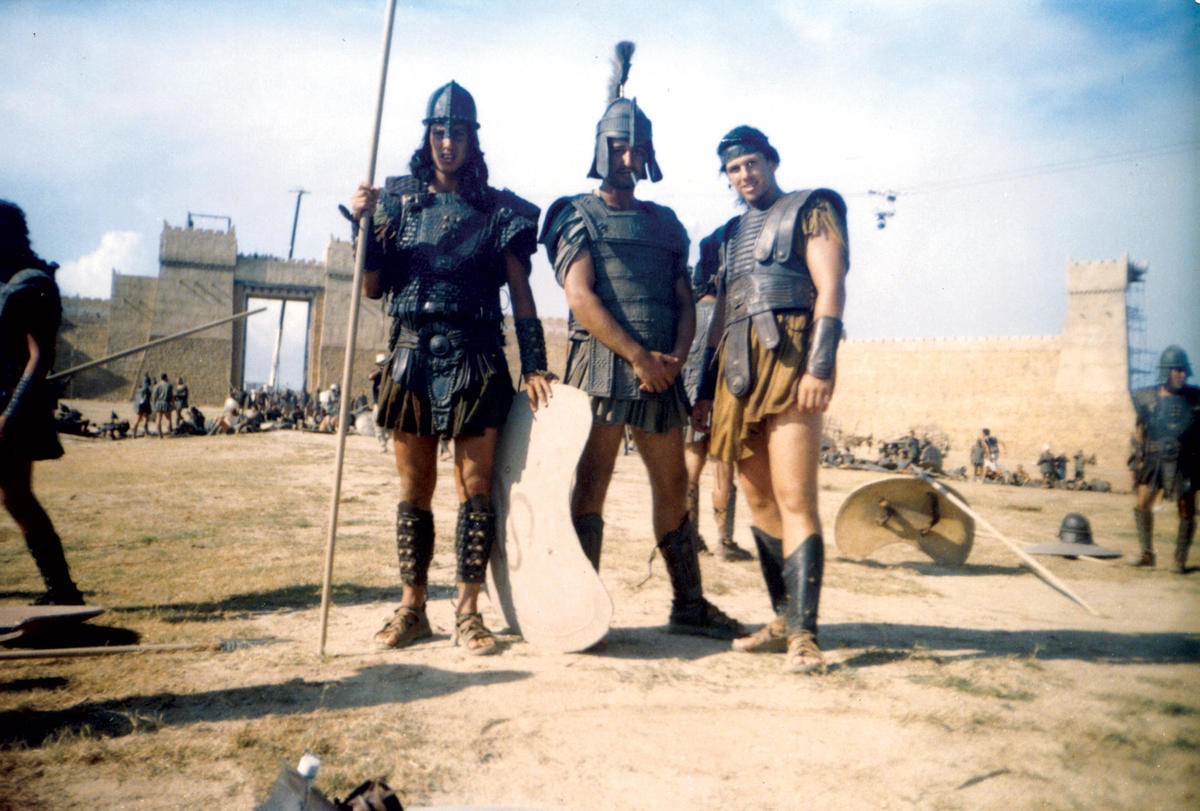
The Bulgarians are flown to Mexico for a grueling three-week training period in temperatures upward of 100 degrees Fahrenheit. They are a sensation in the local media; a radio message warns the Mexicans to guard their wives on Saturday night.
We kept trying to get a break, to get some water or find shade. But there was no shade. So we were simply sitting there, killing scorpions and all sorts of nasty centipedes. The horses were in the shade, but we weren’t. They had tents; we didn’t.
We covered ourselves with the shields and fell asleep.
The Bulgarians find they are being paid $12 a day, barely enough for living expenses, $40 less than the Mexicans are being paid, and a great deal less than the horses. The Bulgarians go on strike for three days; filming stops until they win a pay increase of $10 per day.
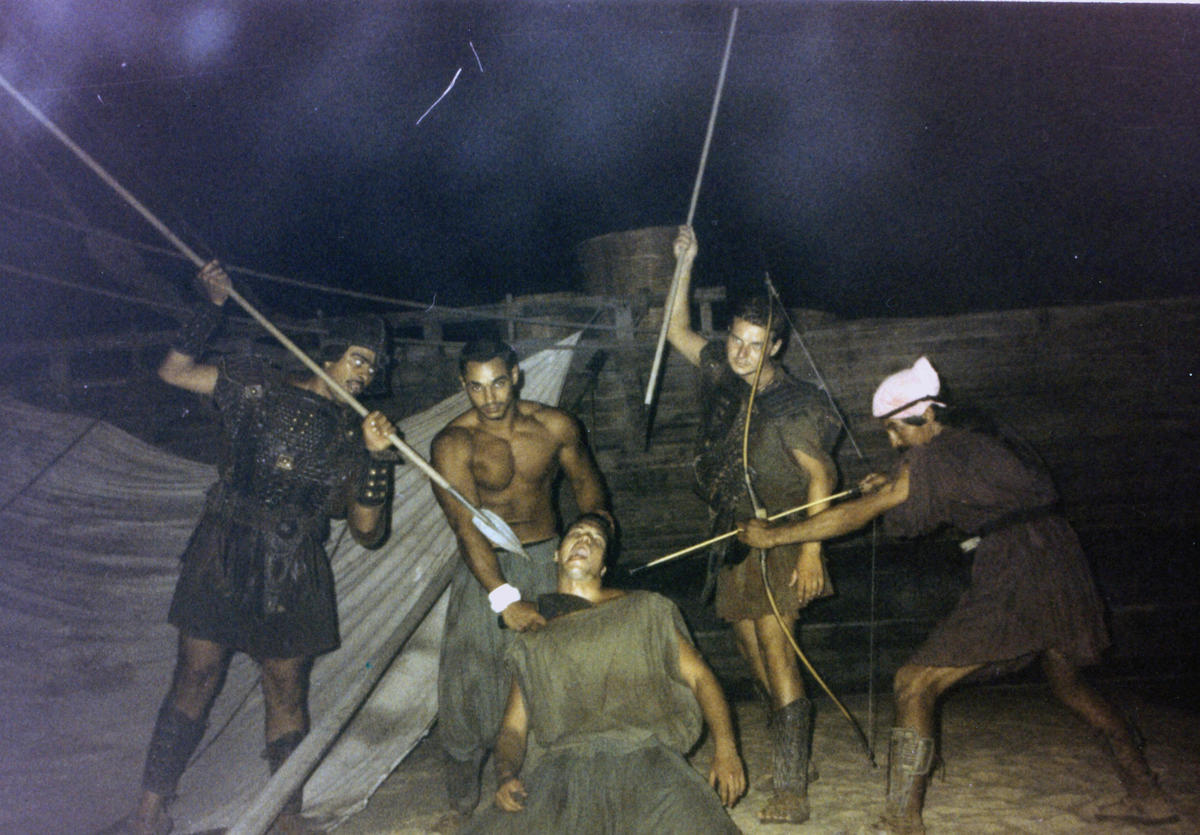
You see the extras go up and down, and somehow you see that point of view — the extras.
Not the movie characters. You notice the extras in the movie. I didn’t notice them before.
I only watched the lead actors as for those in the background — I didn’t care if they were there or they weren’t. They’re not even in focus. It’s the magic that’s somehow gone.
After production comes to a close in Mexico, the Bulgarians are flown back to Sofia. A few of them stay on in Mexico, two marry Americans who were vacationing in Cabo that summer. One Bulgarian extra, Alexander Iordanov, starts to study film. The Trojan horse made for the movie is given to Turkey as a present, where it continues to sit today at the site of the original Troy.